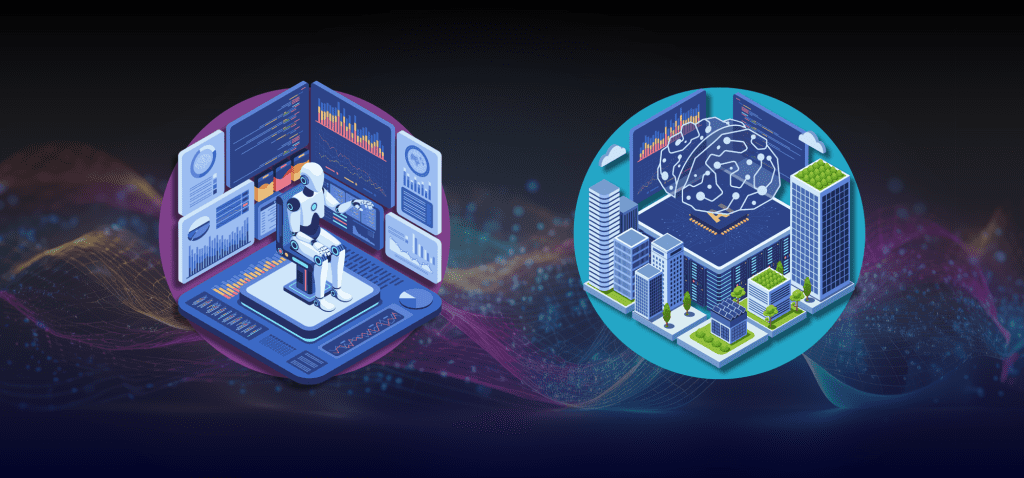How Artificial Intelligence is Affecting the IoT Sector


Artificial intelligence (AI) and the Internet of Things (IoT) are two of the most relevant technologies that have emerged over recent years. Over the last half-decade, the advent of more sophisticated AI technology has influenced IoT applications, and this combination is known as Artificial Intelligence of Things (AIoT).
Integrating AI technology into IoT devices has offered deployers new features and functionalities, like automation, machine learning, and predictive maintenance. AI-powered devices with sufficient training material can autonomously generate valuable insights based on vast amounts of data gathered through IoT sensors. The use cases are broad and will continue upward as the technology’s sophistication grows, driven by ongoing advancements and real-world applications of AI.
How far will the relationship between AI and IoT go? For now, we can only guess. In this blog, we’ll explore some existing use cases of AIoT and discuss its future trajectory.
How Does AIoT Work?
AIoT combines AI with connected devices to create more intelligent systems. By unifying AI and your IoT infrastructure, you are enhancing your data processing and analytics potential using AI-driven Machine Learning (ML) and data analysis to collect, collate, and sophisticate data collection and usage efforts.
Companies can also integrate AI directly into IoT devices and neural networks, which provide updates, analyse data, and perform tasks autonomously without human intervention. This integration improves connectivity and allows seamless operational efficiency across systems.
An AIoT system will typically operate according to the following steps:
Data Collection
IoT devices usually have sensors and monitors that collect data from their surroundings on parameters like motion, temperature, humidity, etc.
Data Transmission
The data collected by IoT devices gets sent to a cloud environment, enabling the process’s intelligence aspect.
AI/Machine Learning Algorithms Process Data
AI algorithms and machine learning process the data the IoT device collects to understand trends, anomalies, and patterns better. The more data processed, the more precise the results obtained by applying deep learning techniques.
AI-Powered Recommendations and Insights
AI systems offer recommendations and insights based on the data they analyse. These can vary depending on the use case—for example, they can reduce maintenance costs, enhance supply chain logistics, or optimise energy consumption in smart grids.
Continuous Learning Measures
Most AIoT systems learn from the outcomes of their recommendations and insights. As such, the model becomes progressively robust and adaptable over time, mimicking aspects of human intelligence in decision-making.
Examples of AIoT Use
AIoT technology spans a wide range of use cases. Here are some examples:
Smart Homes and Buildings
AIoT helps optimise energy consumption within homes, offices, and other buildings. It analyses usage patterns to offer various cost-effective and personalised services, like automatic heating and cooling, predictive appliance maintenance, personalised comfort and lighting, and office HVAC and security systems. These innovations are part of AI-driven initiatives for smarter living – you can read more about these devices here.
Manufacturing
AIoT technology has proven game-changing for manufacturing by predicting maintenance, quality control, and process optimisation. It allows for real-time insight into inventory levels and transportation status, allowing for more informed decisions on supply chain management and lead times.
Visual inspection tools, powered by AI algorithms, can enhance quality control measures by scanning products and identifying defects. This allows for easier and quicker defect correction, ensuring more consistent quality standards and reducing downtime.
Healthcare
In recent years, AIoT has proven instrumental in helping medical professionals provide personalised patient care, administer medication, and forecast diagnostics. IoT devices, in general, have made unprecedented strides in cardiovascular monitoring, diabetes management, and chronic disease management. Wearable health devices with IoT sensors collect and transmit data, enabling more accurate real-time diagnostics. You can read more about IoT in healthcare here.
What’s Next for AIoT?
The future of artificial intelligence of things (AIoT) is brimming with possibilities as technology develops.
Edge computing is one such example. It brings AI-driven applications closer to data sources, like IoT devices or local edge servers, to reduce latency and facilitate uninterrupted decision-making. It helps bridge the gap between AI and IoT while enhancing connectivity for applications like smart cities.
With the rollout of 5G networks globally, AIoT devices will benefit from quicker data transfer speeds and lower latency. 5G enables seamless communication devices, unlocking new possibilities for various use cases, namely remote surgery, augmented reality, and robotics in industrial automation.
These technologies will have a knock-on effect on all facets of AIoT, such as predictive maintenance, security, and sustainability. As mentioned previously, AIoT has significant potential to address environmental challenges; integrating AI into IoT systems will enhance energy consumption monitoring, improve energy efficiency, and enable efficient operations across countless industries.
As businesses and governments focus on sustainability, it will be interesting to observe just how substantial AIoT’s impact will be on this sector and the advantages it brings, like cost savings and data-driven decisions.
About Iotie
At Iotie, we provide IoT solutions compatible with networks across over 150 countries, all from a single SIM card. By using IoT technology to power all kinds of solutions, we enable you to leverage your continued growth, efficiency, and innovation. Contact us today to see how we can help facilitate your IoT and Artificial Intelligence of Things efforts.


